Operations Management in Business: Key Concepts and Strategies
1/77
There's no tags or description
Looks like no tags are added yet.
Name | Mastery | Learn | Test | Matching | Spaced |
|---|
No study sessions yet.
78 Terms
Operations Management
involves coordinating and organising the activities involved in producing the goods or services that a business sells to customers.
Operations managers have the responsibility of implementing strategies that improve a business's operations system and contribute to the achievement of various business objectives.
Inputs
the resources used by a business to produce goods and services. Inputs include:
labour resources: (employees), raw materials, such as flour and iron
capital resources: such as equipment and machinery, time, utilities, such as electricity, water, and gas, information.
Processes
the actions performed by a business to transform inputs into outputs.
include: mixing, designing, baking, cutting, washing, assembling, constructing.
Outputs
the final goods or services produced as a result of a business's operations system, that are delivered or provided to customers.
The quality of outputs produced by a business is influenced by the inputs used and the processes performed within its operations system.
A manager should ensure that a business's outputs meet customer expectations relating to the quality, price & availability.
Manufacturing Business
use resources and raw materials to produce a finished physical good.
Manufacturing Characteristics
Tangible, Production and consumption occur separately, Can be stored as Inventory, Can be standardised/ Consistent quality, Minimum customer contact, Customers don't need to be present for production, Often more capital/machine intensive.
Service Business
provide intangible products, usually with the use of specialised expertise.
Service Business Characteristics
Intangible, Production and consumption most often occurs simultaneously, Impossible to store, Often specifically tailored to meet individual needs (haircut / tax returns), High degree of customer contact, More labour intensive.
Automated Production Lines
involve machinery and equipment that are arranged in a sequence, and the product is developed as it proceeds through each step.
Automated Production Lines Advantages
Tasks can be performed much faster than human labour. Technology can complete tasks for extended periods of time, without the need for breaks, increasing productivity.
Performing tasks precisely and accurately can ensure products are consistently produced at a high standard, which can improve the business's reputation.
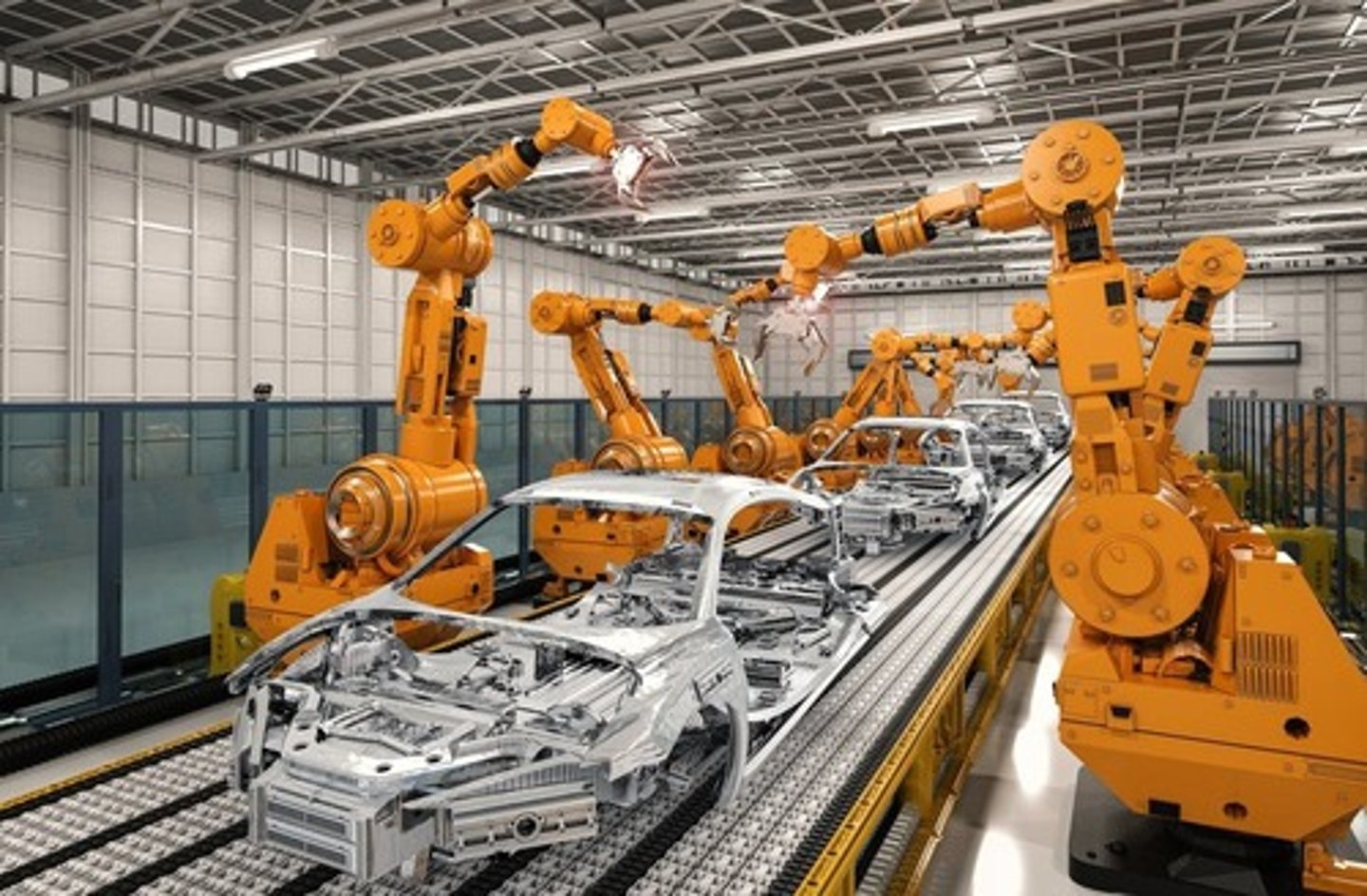
Automated Production Lines Disadvantages
A business may develop a poor reputation if it implements technology that makes employees redundant.
Robotics
are programmable machines that are capable of performing specified tasks
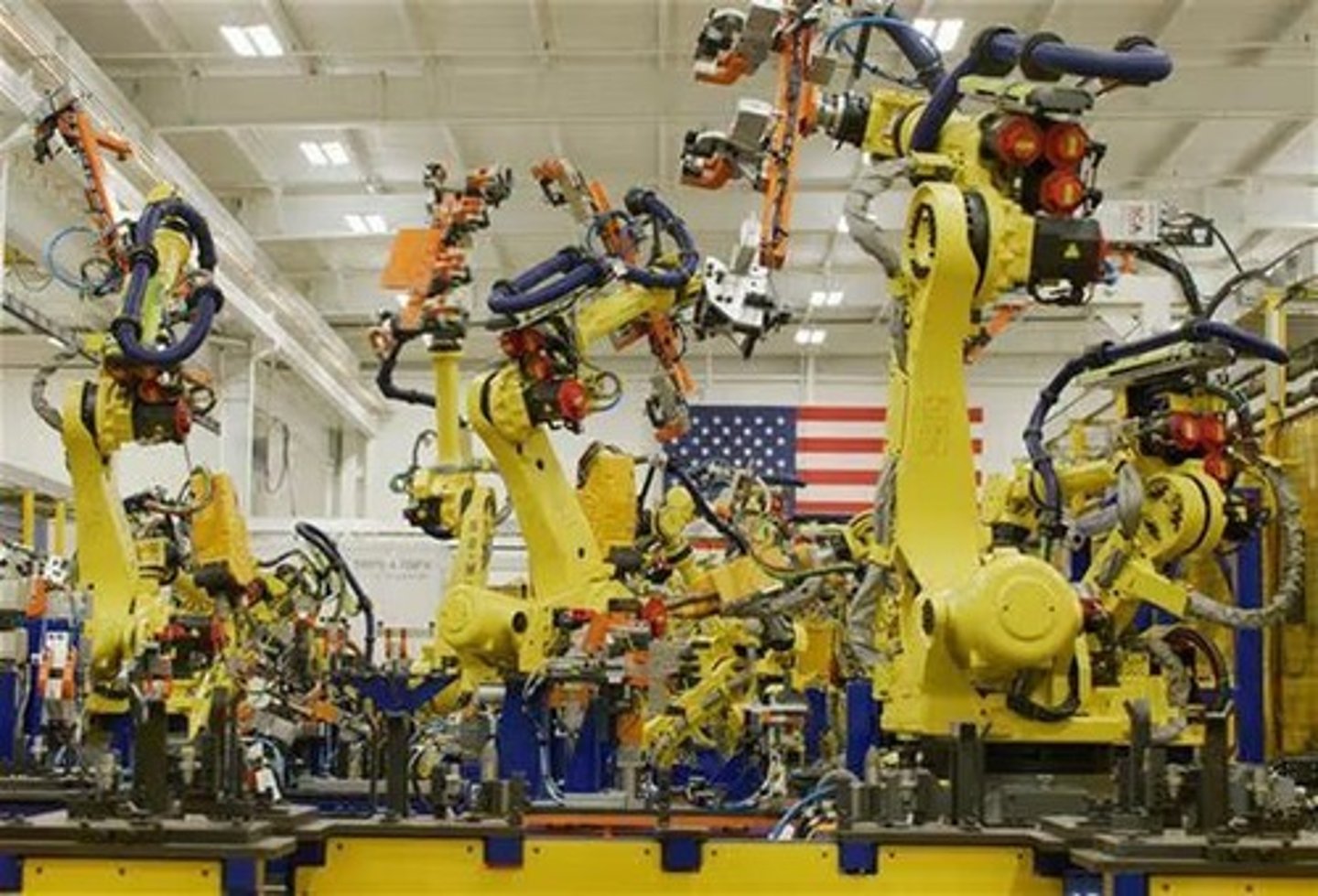
Computer-aided design (CAD)
is digital design software that aids the creation, modification, and optimisation of a design and the design process.
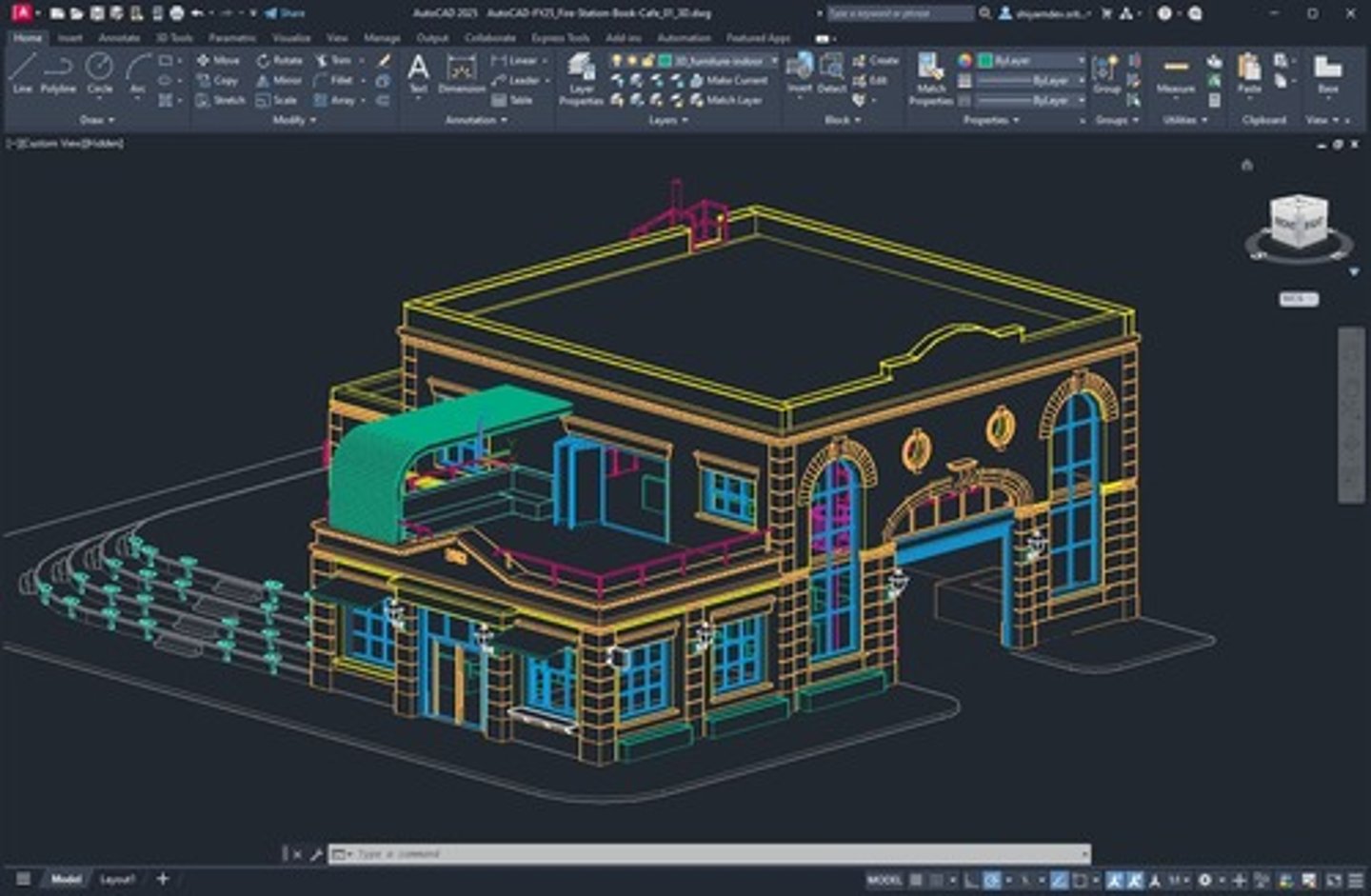
Computer-aided manufacturing techniques
involve the use of software that controls and directs production processes by coordinating machinery and equipment through a computer.
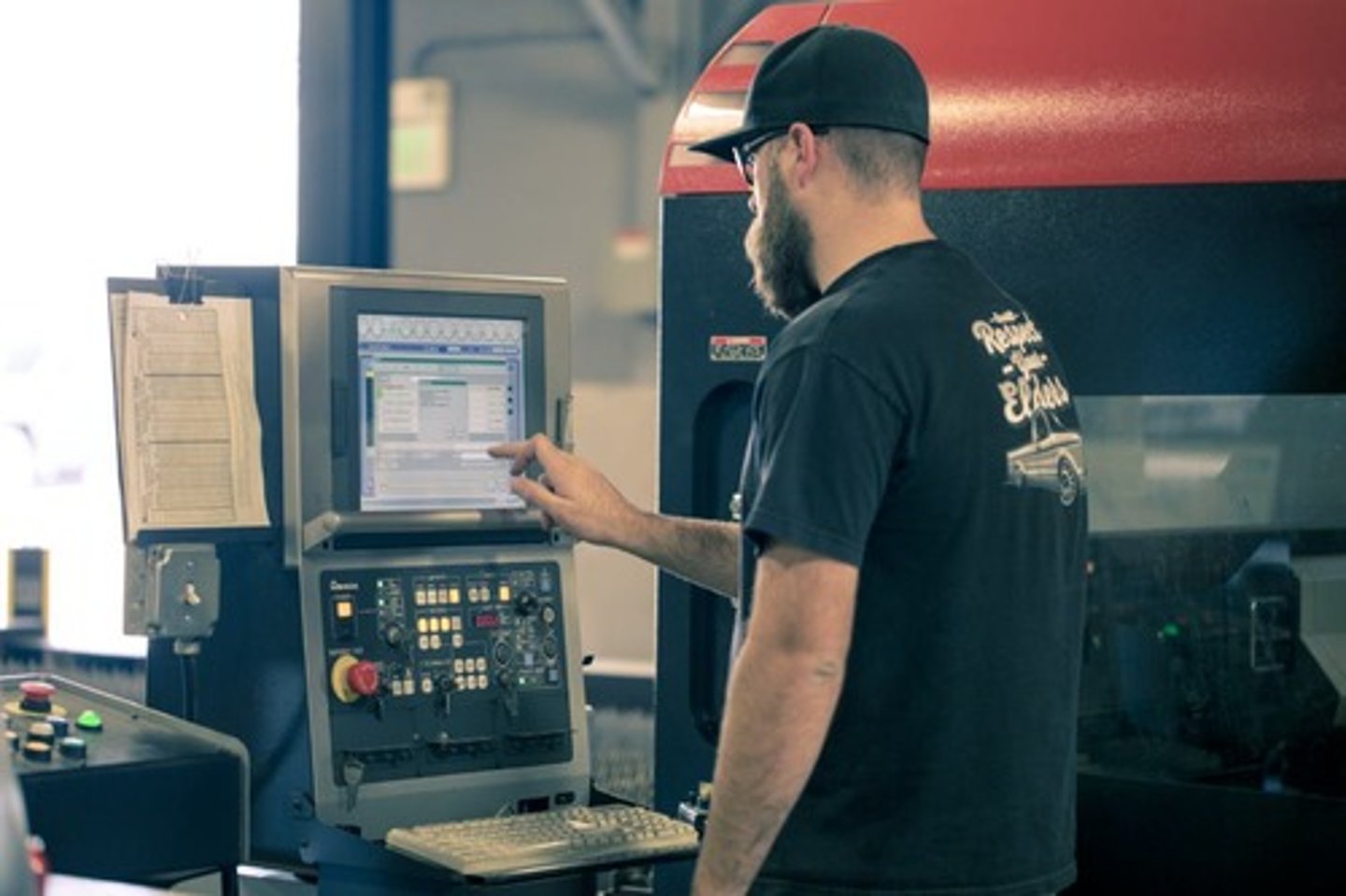
Artificial intelligence
involves using computerised systems to simulate human intelligence and mimic human behaviour.
Online services
are services that are provided via the internet.
Online services ads
-Can process orders accurately and provide increased customer convenience, which may improve a business's reputation.
-Can process bookings faster than employees.
-May provide a business with greater exposure to customers, which may increase revenue generated from sales.
-There is typically a cost involved with using an established platform to offer online services.
Online services Disad
-If the platform providing the online service experiences technical difficulties it may disrupt the business's operations.
-If the business only allows access to its services online it may deter customers who lack technological skills.
Materials Management
Managing materials involves organising and monitoring the delivery, storage, and use of materials required for production.
Forecasting
Forecasting is a materials planning tool that predicts customer demand for an upcoming period using past data and market trends.
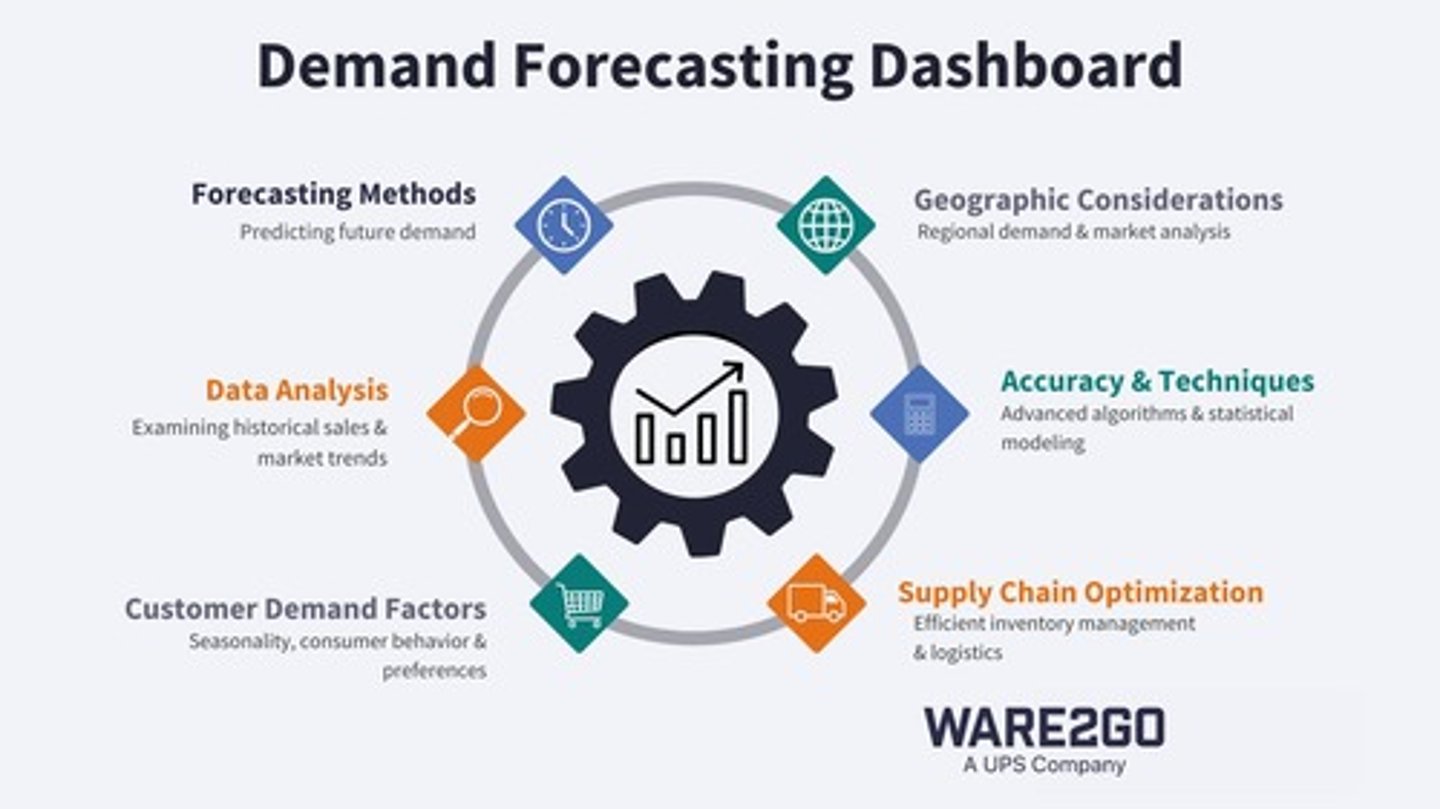
Forecasting Disad
-If a business is too reliant on forecasting, it may be unable to meet unexpected increases in customer demand.
-The quantity of materials ordered may be incorrect as historical data and market trends may not reflect future demand.
-Informed decisions about the quantity of materials required can improve a business's ability to meet customer demand.
Forecasting Ad
-Forecasting prevents the excessive ordering of materials that may go to waste if unneeded.
-This can help minimise the business's impact on the environment and improve its reputation.
-It can help to prevent over-ordering taking up valuable storage space.
Master Production Schedule (MPS)
a plan that outlines what a business intends to produce, in specific quantities, within a set period of time.
Master Production Schedule Ad
-Improves a business's reputation by having a reduced impact on the environment.
-prevents the business from producing an excessive amount of products, therefore reducing the amount of wastage.
-By determining production targets, businesses are more likely to meet customer demand.
Master Production Schedule Disad
-Businesses that are constantly changing details of their operations system may find a master production schedule unhelpful as it is not a flexible program.
-Initially time consuming and expensive to track, record, and write up the 'manual'.
-Difficult to account for every situation.
-It's not very flexible to changing conditions.
Materials Requirement Planning
a process that itemises the types and quantities of materials required to meet production targets set out in the master production schedule.
Materials Requirement Planning Ad
-ensures a business only has the exact materials it needs, decreasing waste generated in production.
-This can help minimise the business's impact on the environment and improve its reputation.
-Accurate ordering of the quantities of materials required avoids excess storage and therefore reduces associated expenses.
Materials Requirement Planning Disad
-It's initially expensive to set up a dedicated system that can track materials through the site.
-It can be time consuming to constantly measure the levels of raw materials/stock.
Just in Time
is an inventory control approach that delivers the correct type and quantity of materials as soon as they are needed for production.
Just in Time Ads
-eliminates idle stock, therefore limiting the amount of stock wasted from expiry or damage in storage.
-Allows a business to switch to the production of a different product without wasting resources as there are minimal materials on hand to go through. Reduces storage costs and expenses associated with waste
Just in Time Dis Ads
-Hugely reliant on suppliers to deliver on time, all of the time. If this fails, the entire production line is disrupted.
-A business may fail to meet customer demand from a lack of reserves stock which may cause damage to a business's reputation.
Quality
is a good or service's ability to satisfy a customer's need.
Quality Control
involves inspecting a product at various stages of the production process, to ensure it meets designated standards, and discarding those that are unsatisfactory.
Quality Control steps
1. Standards of quality are established.
2. Inspections are regularly conducted.
3. A good or service is compared against set standards.
4. A good or service is removed if it does not meet the set standards.
5. The cause of the error is fixed to prevent further errors.
Quality Control Dis ads
-does not actively attempt to reduce the level of wastage produced in the operations system
-It can be time consuming to identify and address the causes of errors in production.
-Errors are eliminated after they occur, usually when the product has already been created. This may cause a business to incur costs associated with waste.
Quality Control Ads
-Providing customers with consistently high-quality products, and minimising the number of faulty goods or services they receive
-Reducing the number of faulty goods or services that are sold to customers can minimise the number of refunds the business is required to complete.
-relatively inexpensive to implement, as it is controlled internally by the business and no external parties are required to carry out the quality checks.
Quality assurance
involves a business achieving a certified standard of quality in its production after an independent body assesses its operations system.
Quality assurance Ads
-can reduce the number of defective products produced, which reduces waste.
-Great for marketing
-Receiving external certification from an independent body can improve a business's competitiveness as customers are likely to have increased confidence in the business and its products.
-The proactive prevention of errors can minimise the number of resources wasted.
Quality assurance Dis ads
-Employees may have to be trained to comply with new procedures.
-Completing documentation required for the external body to check the operations system can be time consuming.
-It can be expensive to organize an external body to assess the operations system of a business.
Total Quality Management (TQM)
a holistic approach whereby all employees are committed to continuously improving the business's operations system to enhance quality for customers
Total quality management ads
-A business can adapt to suit its specific business requirement
-minimise amount of waste generated, improving its reputation as customers perceive the business as having an environmental impact
-employees may feel increasingly valued as involves in improving quality
Total quality dis ads
-employees may feel confused about their role in improving quality if managers fail to communicate the TQM strategy clearly
- may take time to enjoy the benefits as requires a shift in culture
-can be costly as employees may have to be trained
Quality control + assurance similarities
-reduce number of faulty products reaching customers
-require a good or service to meet set standards
Quality control + assurance differences
- control is reactive as identifies and eliminate errors after they occur. Whereas assurance is proactive as prevents errors from occurring
-control does not involve external certification. whereas, assurance involves receiving certification after it meets standards set by an external body
Quality control + TQM similarities
- can be implemented to see notable improvements in final output
- internally controlled and involve employees assessing quality
Quality control + TQM differences
-control focuses on setting predetermined standards of quality in the first stage of this strategy. Whereas TQM focuses on continuously developing and improving standards
-control is reactive as identifies and eliminates errors after they occur. TQM is proactive as aims to prevent errors occurring
quality assurance + TQM similarities
- proactive as prevents errors from occurring
-improve process of producing a good or service
Quality assurance + TQM differences
-Assurance focuses on meeting set standards of quality to gain external certification, whereas TQM focuses on internally developing and improving standards within business
- TQM does not involve external certification, whereas assurance involves business receiving certification after it meets standards set by external body
Waste Minimisation
the process of reducing the amount of unused material, time, or labour within a business.
Types of Waste (TIMWOOD)
Transport, Inventory, Motion, Waiting, Overproduction, Overprocessing, Defects.
Reduce
a waste minimisation strategy that aims to decrease the amount of resources, labour, or time discarded during production.
Reuse
a waste minimisation strategy that aims to make use of items which would have otherwise been discarded.
Recycle
a waste minimisation strategy that aims to transform items which would have otherwise been discarded. .
Lean management
the process of systematically reducing waste in all areas of a business's operations system whilst simultaneously.
Pull
a lean management strategy that involves customers determining the number of products a business should produce for sale.
One-piece flow
a lean management strategy that involves processing a product individually through a stage of production and passing it onto the next stage of production before processing the next product, continuing this process throughout all stages of production.
Takt
a lean management strategy that involves synchronising the steps of a business's operations system to meet customer demand.
Zero defects
a lean management strategy that involves a business preventing errors from occurring in the operations system by ensuring there is an ongoing attitude of maintaining a high standard of quality for the final output.
Lean management Ads
•A business can improve its reputation as it is actively reducing and managing waste, which benefits the environment.
•Quality is improved as processes are streamlined to ensure all activities add value to the final product and customer expectations are met.
•Reduces the overall use of materials, which leads to fewer production costs.
•A business can reduce the amount of time that is wasted between tasks.
Lean management Disads
•If suppliers do not deliver materials on time, the business may be unable to streamline its production process to meet customer demand.
•Employees may be reluctant to commit to an attitude of zero defects due to the effort and commitment required.
•It can be costly to implement lean management as implementing new policies, procedures, and training employees can come at a high expense.
•It may be time-consuming to train inexperienced employees and provide them with the knowledge to commit to lean production methods.
Global Sourcing of Inputs
involves a business acquiring raw materials and resources from overseas suppliers.
Example of Global Sourcing
Businesses will source their inputs from overseas suppliers to obtain resources that are only available in other countries.
Factors to Consider in Global Sourcing
A business should consider several factors that may affect its expenses and reputation, including pricing of material and resources, delivery costs, environmental impact, treatment of suppliers' workers, and government regulations.
Advantages of Global Sourcing
-Higher quality material can be sourced, which can better meet customer expectations.
-Greater access to cheaper raw materials, allowing reduction in operating costs.
-Able to source material not readily available in its country of origin.
Disadvantages of Global Sourcing
-Imports may be affected by government-imposed quotas or tariffs, limiting number of supplies & increasing costs.
-Delivery can be time consuming depending on where they come from.
-Materials may be damaged during transport.
Overseas Manufacturing
involves a business producing goods or services outside of the country where its headquarters are located.
Example of Overseas Manufacturing
When initiating production overseas, a business will set up its own manufacturing plant in an overseas country.
Advantages of Overseas Manufacturing
-Greater access to highly skilled employees who have expertise in production.
-Cheaper production costs can allow a business to lower its product prices.
-Overseas workers are provided with employment allowing them to support their families.
Disadvantages of Overseas Manufacturing
-Local community may resent the business for taking away jobs from the local community, by moving production overseas.
-Delivery can be time-consuming
•Manufactured goods may be damaged during transport
Global Outsourcing
involves transferring specific business activities to an external business in an overseas country.
Advantages of Global Outsourcing
-Quality of the business activities can be improved as the external business will have experts in the area.
-Business focus on its own areas of expertise.
-Business can decrease labour costs as global outsourcing reduces the need for local employees.
Disadvantages of Global Outsourcing
•Business has reduced control over some of its activities, as they have been transferred to external business
•May be difficult to communicate with external overseas business due to language barriers or time zones
•Poor CSR practice by external business can impact the businesses reputation
Similarities of Global sourcing inputs + overseas manufacturing
-Both have potential to improve quality and reduce production costs
-products or raw materials and resources travel between countries during delivery
Differences of Global sourcing inputs + overseas manufacturing
-Global sourcing of inputs involve acquiring resources and raw materials from overseas suppliers for manufacturing in the business's main country of operation
-overseas manufacturing involves a business's manufacturing phase occurring in a country outside of the business's main headquarters
Similarities of global sourcing inputs + global outsourcing
-both allocate certain business tasks to external businesses
-both allow the business to reduce operational expenses
differences of global sourcing inputs + global outsourcing
-Global sourcing of inputs involves acquiring resources and raw materials from overseas suppliers for manufacturing in the business's main country of operation
-global outsourcing involves the completion of specific business activities, such as IT services, in a country outside the business's main headquarters
similarities of overseas manufacturing + global outsourcing
-both involve the execution of business activities in a location away from the business's main headquarters
-both allow the business to reduce operational expenses
differences of overseas manufacturing + global outsourcing
-A business retains full control of its operations when implementing manufacturing overseas
-A business that implements global outsourcing retains little control over the transferred activities